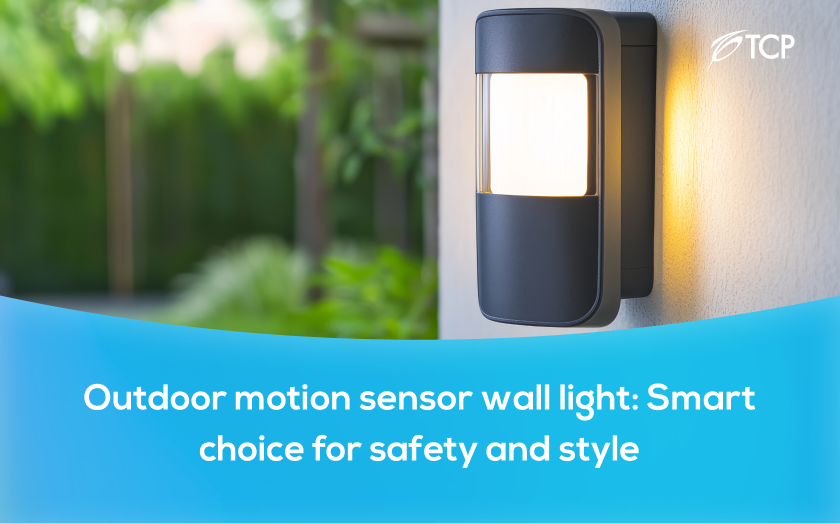
Outdoor motion sensor wall light: Smart choice for safety and style
Outdoor spaces deserve just as much attention as the interior of your home,
Explore lighting that adapts to your lifestyle — perfect for creating ambience, saving energy, and adding modern convenience to every room in your home.
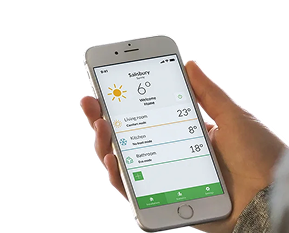
Smart lighting is a modern, energy-efficient way to control the mood, safety and functionality of your home using technology. Unlike traditional lighting, smart lights can be operated remotely via smartphone apps, voice assistants like Alexa or Google Assistant, or set to run on schedules that match your daily routines. Whether you want to wake up gently with gradually brightening lights, create the perfect ambience for a cosy evening, or make it look like you’re home while on holiday, smart lighting offers flexibility, convenience and peace of mind—all while helping you reduce electricity costs.
Category
Sort by
Price
Showing all 3 results
Let our experienced service team help you find the best solution and maximise the benefits of the cooperation.
Smart lighting is a system that lets you control your lights remotely using a smartphone app, voice assistant, or automatic settings. It usually includes smart bulbs, switches, dimmers, and sensors that can be tailored to suit different rooms, routines and preferences in your home.
Instead of relying solely on wall switches, smart lighting gives you full control—from anywhere, making it an essential part of a smart home. You can turn lights on or off, adjust brightness, change colours, and schedule lighting scenes to suit your lifestyle.
Smart lights are typically LED-based and connect to your Wi-Fi or via Bluetooth. Some systems use a central hub, while others connect directly to your router or mobile device.
Once connected, you can control them through an app or a voice assistant like Alexa, Google Assistant or Siri. Many systems also support routines—such as turning lights on at sunset or dimming them as you wind down for bed. Some even include motion or daylight sensors, so smart light bulbs respond automatically to your presence or the time of day.
Forget about walking into a dark room or getting out of bed to turn off the lights. With smart lighting, you can control everything from your phone—or even with your voice.
Smart lights use LED technology, which is far more efficient than traditional bulbs. You can also set lights to switch off automatically when no one’s in the room, helping reduce unnecessary energy use.
Going away for the weekend? Set your lights to turn on and off at different times to make it look like someone’s home. Many systems allow you to simulate occupancy and integrate with home security devices.
Create the perfect lighting for any moment. Choose warm tones for a cosy evening, bright white for reading or cooking, and even playful colours for parties or special occasions.
With voice control, you can simply say “turn off the bedroom lights” or “set the kitchen lights to bright” without lifting a finger. It’s a small luxury that quickly becomes a habit.
Before buying any smart lighting products, check that they’re compatible with your existing devices and ecosystem. If your home already uses Amazon Alexa, Google Assistant, or Apple HomeKit, it makes sense to choose lighting that integrates seamlessly with those platforms. This allows you to use voice commands like “turn off the kitchen lights” or include your lights in broader routines—for example, turning off all devices when you say “goodnight”. Compatibility also ensures you won’t need to juggle multiple apps to control different products, which can quickly become frustrating.
Smart bulbs are the simplest and most flexible option—they’re great for renters or anyone who wants to try smart lighting without making permanent changes. You can install them in standard fittings just like a regular bulb and control them instantly via app or voice.
Smart switches, on the other hand, replace your existing wall switches and control the power to any connected bulbs, smart or not. They’re ideal if you want a tidier look without needing to use your phone all the time, or if you have multiple bulbs wired to a single switch (like in ceiling fixtures). Keep in mind that installing a switch may require an electrician if you’re not familiar with home wiring.
Some smart lights only offer white light with adjustable colour temperature—from warm (like candlelight) to cool (like daylight). This is great for setting the right tone: warmer light for winding down in the evening, cooler tones for energising mornings or work tasks.
Other smart bulbs give you full RGB colour capability, with millions of colours to choose from. This is ideal for creating ambience—think purple for movie night, red for romantic dinners, or festive lighting at Christmas. Consider which rooms benefit from colour customisation and which just need good functional light.
One of the biggest perks of smart lighting is setting routines and schedules. You can programme your bedroom lights to fade in gently as a wake-up alarm, or have hallway lights turn on automatically when it gets dark. This not only adds comfort but also saves energy and supports better daily habits.
You can also set automation rules—for example, turning on entrance lights when motion is detected, or switching everything off at midnight. It gives your lighting a brain, not just a switch.
Many smart lighting systems let you organise your home into zones—like “Living Room”, “Bedroom”, or “Hallway”. This way, you can dim the lights in the lounge while keeping the kitchen bright, or shut down every light upstairs with one command. It’s especially helpful in larger homes, households with children, or when entertaining.
Some apps even let you create ‘scenes’—pre-set combinations of brightness and colour across multiple rooms with smart light bulbs. For instance, a “Relax” scene might dim the lounge and turn on soft warm tones in the bedroom, while a “Clean” scene could switch everything to bright white.
Not at all. Most smart bulbs are designed for DIY installation. Just screw in the bulb, download the app, and follow the setup instructions. The whole process usually takes just a few minutes.
If you opt for smart switches or dimmers, you might need to do some light wiring. Confident DIYers can often manage this themselves, but many homeowners choose to have a professional install these safely and correctly.
Either way, once installed, smart lighting is easy to manage—and many systems update automatically, so you always have access to the latest features.

Outdoor spaces deserve just as much attention as the interior of your home,
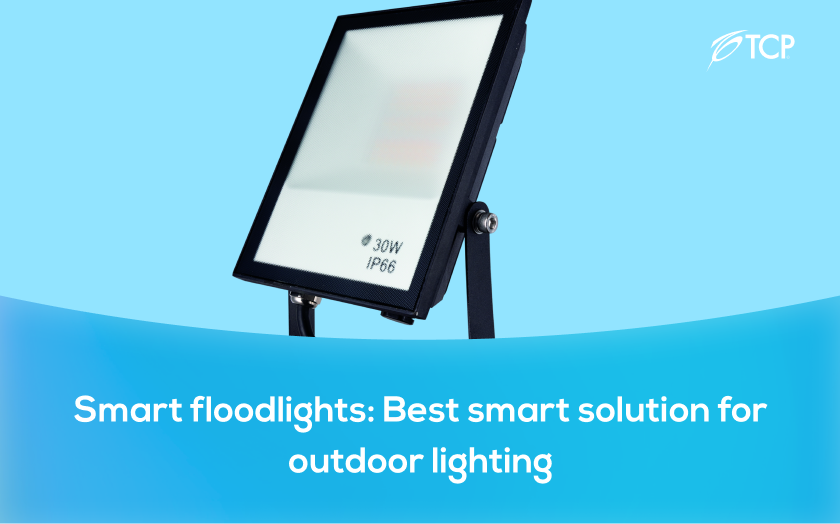
Outdoor lighting has come a long way from basic security lights with clunky
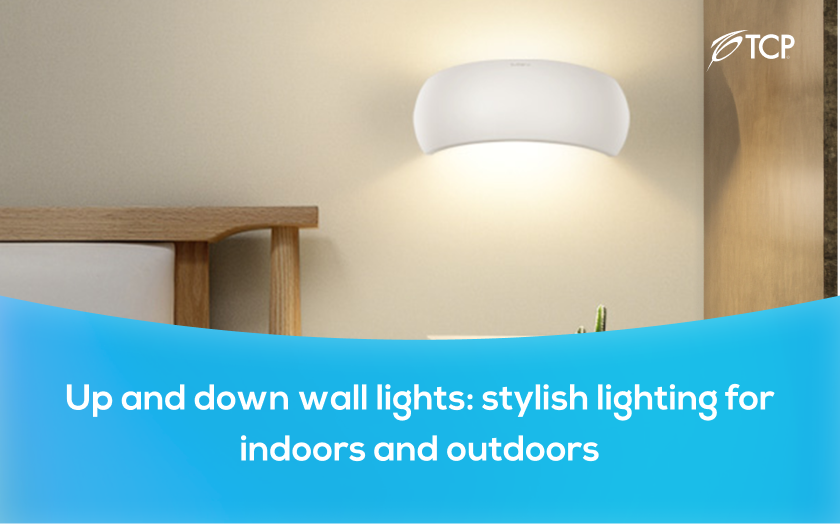
Lighting plays a vital role in setting the tone and enhancing the visual
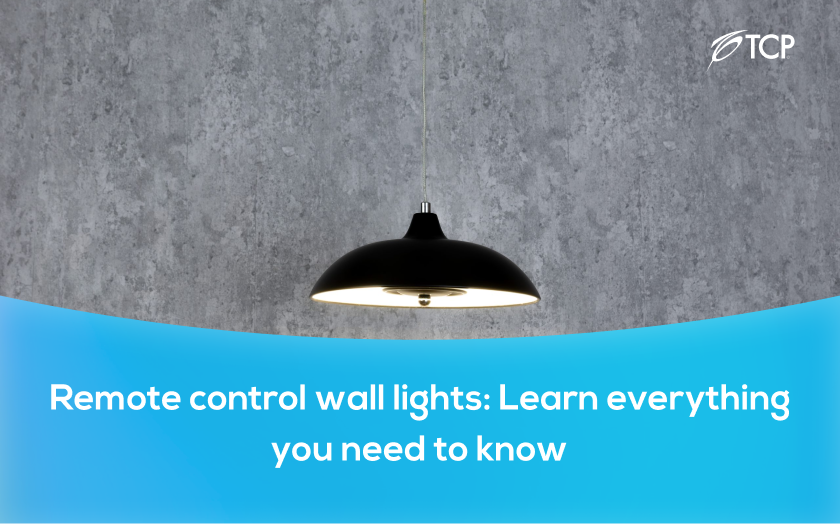
Lighting plays a crucial role in shaping the comfort, mood and functionality of
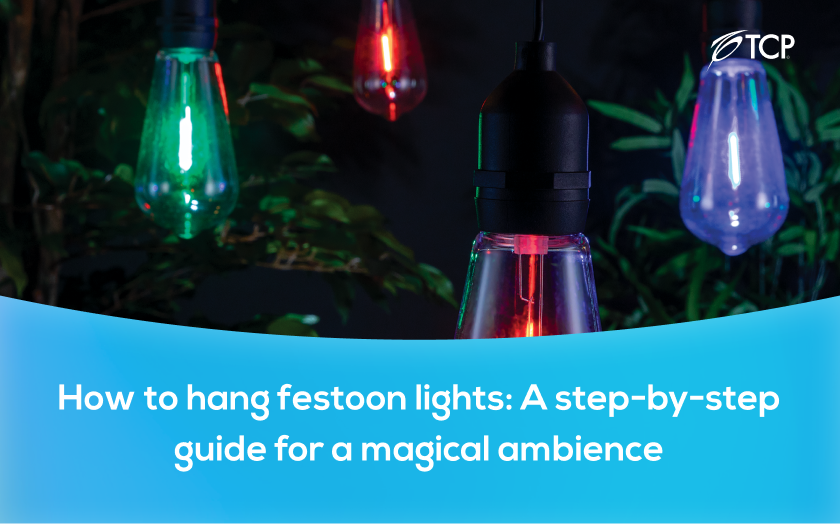
There’s something effortlessly charming about festoon lights. With their warm, nostalgic glow, they
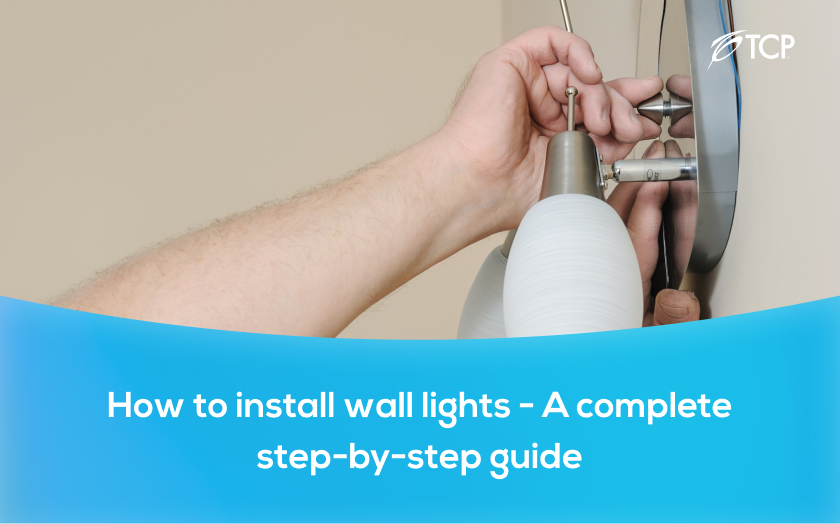
Installing wall lights is a simple yet effective way to add both style
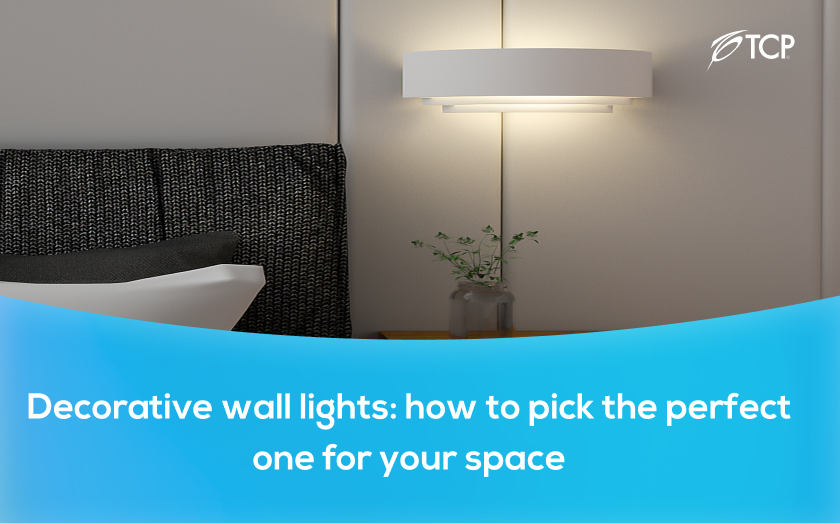
Decorative wall lights are one of the most impactful elements in interior design.
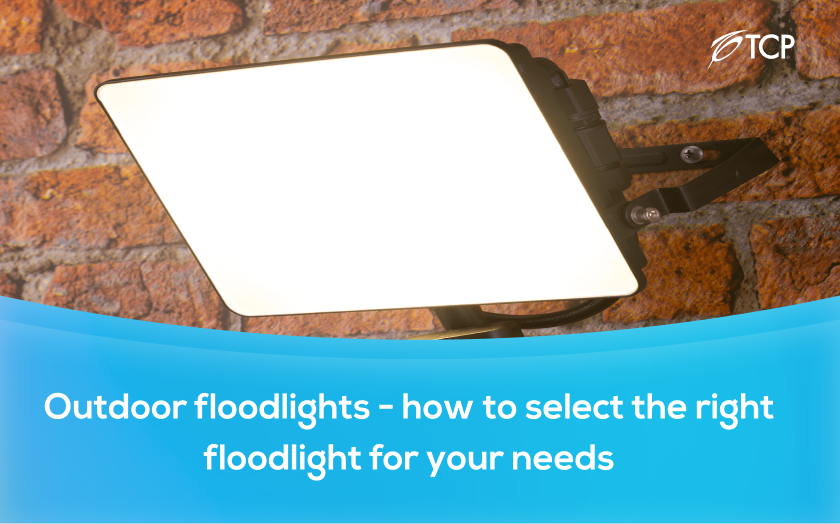
Whether it’s securing your property, improving visibility at night, or highlighting key outdoor

Lighting is an essential part of any outdoor space, shaping the way we
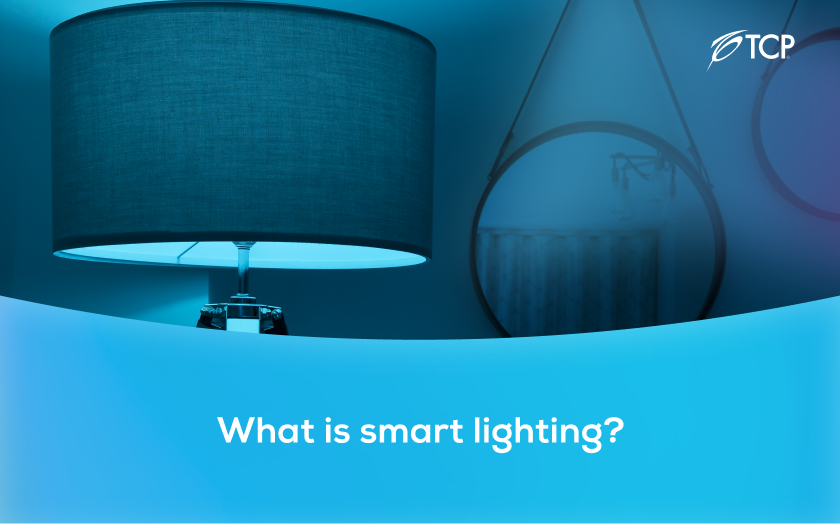
Imagine a lighting system that adapts to your lifestyle—turning on when you arrive

The right lighting can transform a garage from a dark, underused storage space into a bright, functional part of your
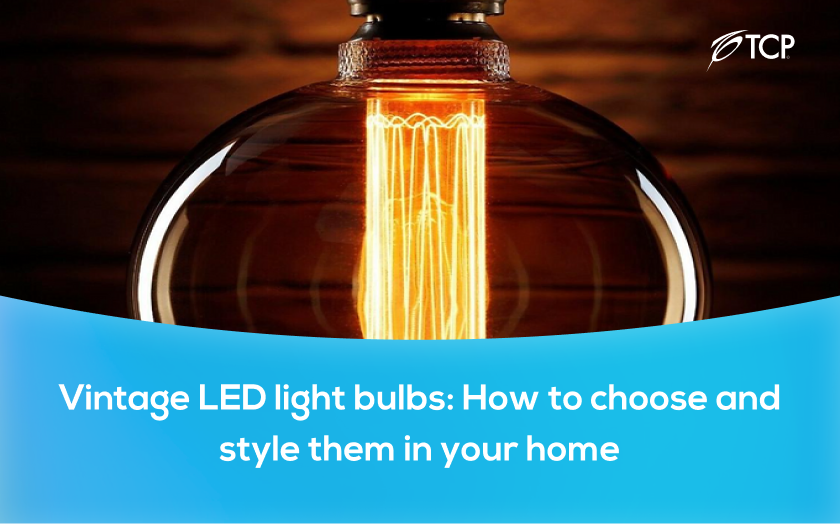
Lighting can transform the look and feel of a room — and few options do it with as much character
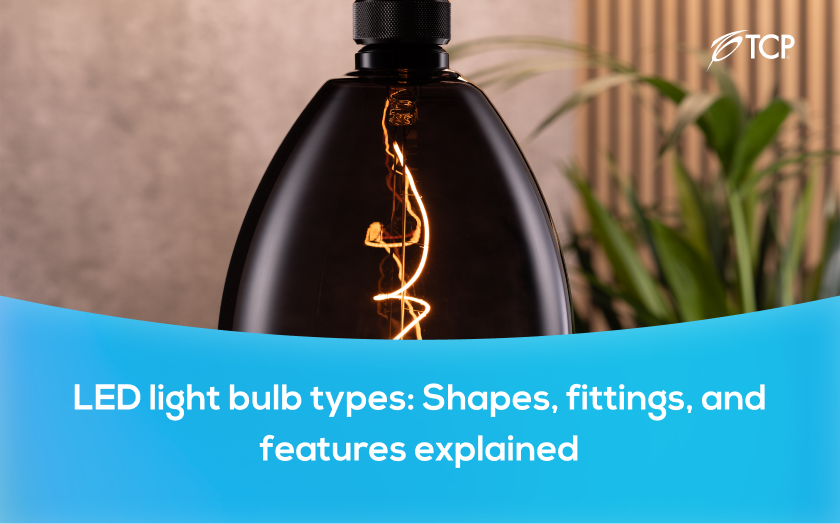
LED light bulbs have transformed the way we light our homes, offering long-lasting performance, low energy consumption, and a huge

All rights reserved 2025